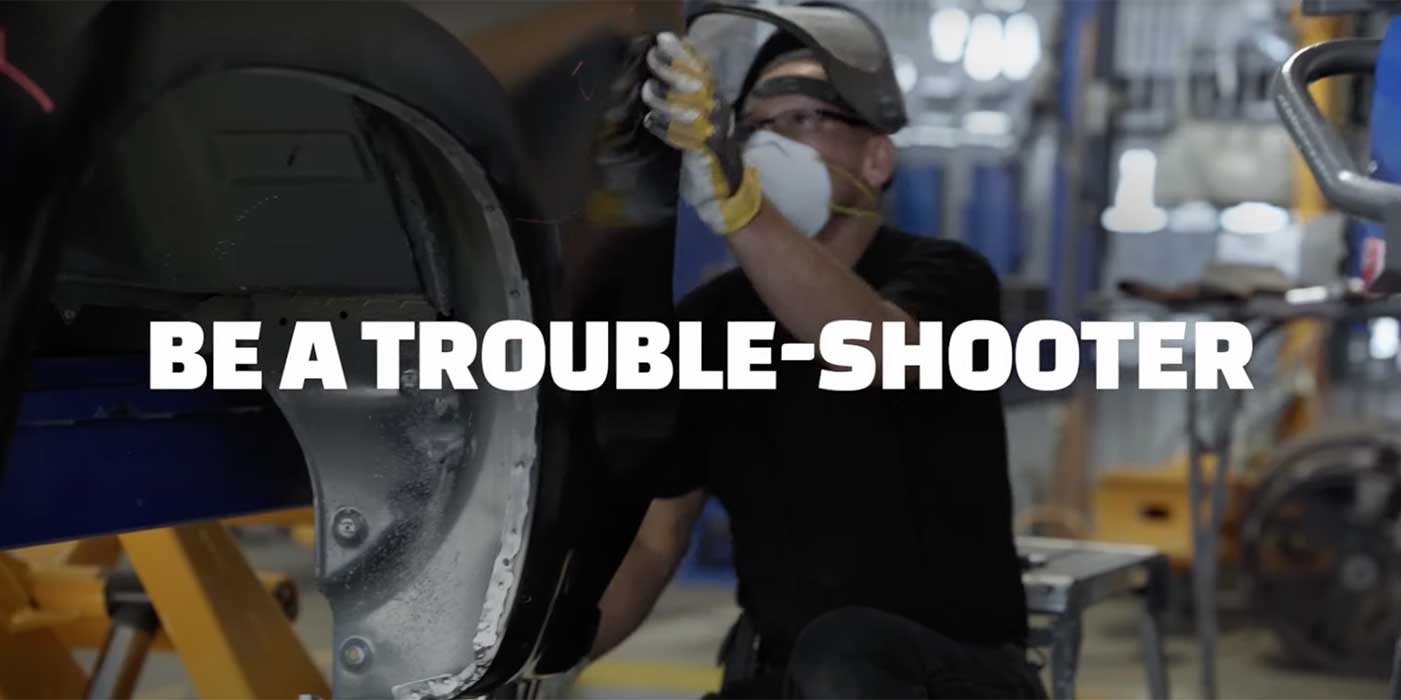Question asked by: Georgia Allen, Wayne’s Restoration, Tulsa, Okla.
This is a good question and one many have asked over the past several decades.
I suppose the first thing to know to answer your question is just what is a “prevailing rate”? My answer, based on my years of research in providing expert assistance in litigation matters and helping repairers and consumers, is that there is no prevailing rate unless it is the repairer’s standard rate or that desired to pay by insurers.
In performing surveys and interviews with many service providers, I’ve found there is a range of prevailing rates, and they’re based upon several things, including business methodologies, desired market positioning and competitive business constraints.
From your question, I would wager that your company is a participant in one or more direct-repair programs (DRPs) and, as such, is fearful of pushing back against what the insurer determines and dictates as its prevailing rate because you risk being removed from the program. If this is the case, you’re not alone. Many repairers find themselves in the same less-than-favorable position.
If I’m wrong and your shop does not participate in DRPs, you need to ask your company’s management team to explain their reasoning as to why insurers are not paying the company’s posted rates … if indeed they’re higher than what insurers are paying.
One tool I strongly recommend using to find out your market’s prevailing rate is Labor Rate Hero. You’ll either be surprised or dismayed … or perhaps both.
I offer my clients numerous methods of increasing their profitability, including writing proper, accurate and thorough damage/repair assessments at reasonable and competitive labor and material rates. While suppressed labor rates are indeed an industry-wide issue, they’re not the only issue — and may be the most difficult to overcome when competing with other repairers who write at lower rates. Adding to the difficulty is insurers who push consumers to those DRP participants who concede to lower rates.
So, what can you do to increase your compensation relative to preparing damage/repair assessments?
- If your shop hasn’t reviewed its rates and allowances for the past couple years … it should! There have been significant increases in the cost of goods and services, and if you doesn’t keep up in this regard, you’ll surely be left behind.
- Check Labor Rate Hero to see where your company stands in the local market range. I would also encourage your shop to join Labor Rate Hero, as it provides a valuable service to the collision repair industry. After all, if you’re not part of the solution, you may become part of the problem!
- Learn to prepare more accurate and inclusive damage repair assessments by accessing OEM repair procedures and following them to the letter. Greater entries of labor, parts, materials, sublet services, etc. will increase the overall amount of repair and ensuing commissions. It’s not all about labor rates alone.
In my reviews of collision repairers’ estimates across the country, I’ve found most to be woefully deficient of entries. Not only are many needed and recommended processes left out, but the overall cost of repair (sale) and any commissions derived are diminished.
Omissions and oversights also increase the potential liabilities to the repairer, its company and its staff. Imagine standing in front of a judge and jury of your peers in a wrongful death case due to an insufficient repair and being asked, “Why didn’t you write to provide all the OEM-recommended procedures?” What will your excuse be?














